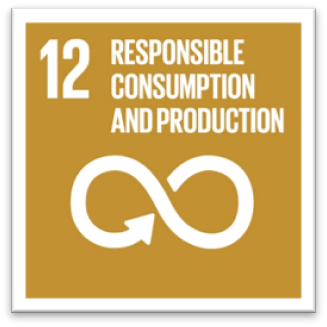
Reforestation projects are sustainably producing sampling, and trees are planted in long-term plantations, minimal environmental impact is made during the production, while the environment, society and the economy benefit of the projects.

Reforestation projects are sustainably producing sampling, and trees are planted in long-term plantations, minimal environmental impact is made during the production, while the environment, society and the economy benefit of the projects.
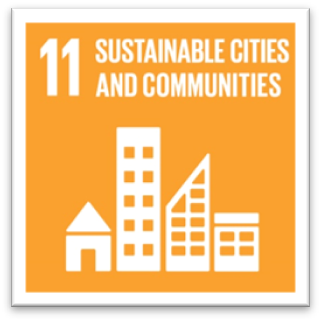
Humans living in city slums come mostly from agricultural communities, thus, making agricultural communities prosperous reduces the amount of people leaving their communities and end up living in slums. Also, local communities improve from the shade, water, and food.
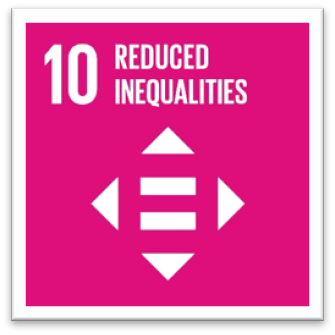
Reforestation projects place social welfare above profit; the aim of the projects is to enhance underprivileged communities’ quality of life, economically, socially, culturally and environmentally. Ecotourism also provides communities with disposable income. Also avoiding deforestation improves security of the community against floods and thus, reduces the costs of disasters to poor communities. Agroforestry also improves the yields of farmers which is a group which yields a little bit of economic value.
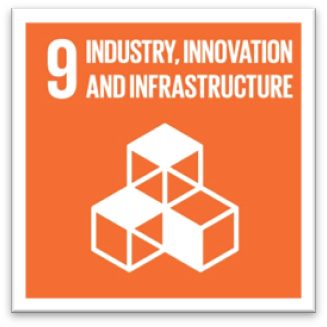
Reforestation has a positive impact in the local community beyond direct and indirect economic benefits, plantations provide the local community with infrastructure to otherwise remote and forgotten local tribes and communities.
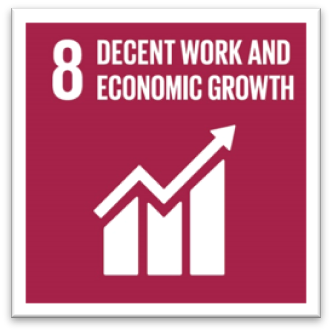
Reforestation project coordinators who oversee the participation of smallholders and communities create jobs and opportunities that contribute to overall capacity-building and the transfer of skills on a local scale. The necessity for community monitoring creates jobs for forest technicians, many of them women or young people. Moreover, locals find seasonal jobs in the planting season, which in turn promotes the collection of seeds and local tree nurseries. Often, forest carbon projects introduce new technologies and skills which are then transferred to project participants, including electronic equipment or computer literacy.
Kommunikation, Kanäle
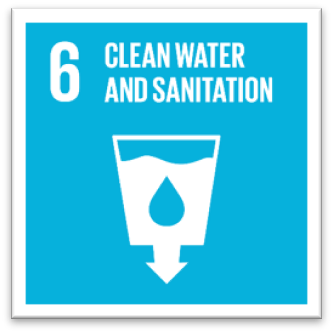
Water supplies are a part of the reforestation projects sustainable management, such as improving water quality and quantity and contributing to the reduction of water-related risks such as floods. Reforestation helps trees and woodlands act as water reservoirs as they prevent the occurrence of flash floods. In addition to that, polycultures because of their storage capacity, keep water in ponds and streams which is used when water is scarce.

The reforestation projects empower women and focus on empowering female farmer workers, it also focuses on equally educating and providing access to education for both girls and boys
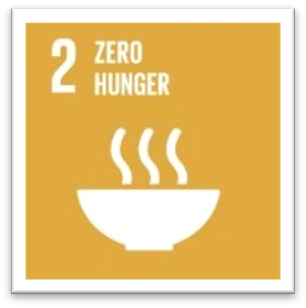
Reforestation projects ensure that activities of individual projects are balanced with the needs of smallholder farmers and/or communities depending on subsistence agriculture. By using agroforestry systems, farmers can increase soil fertility and agricultural production, thereby boosting produce availability for household consumption or commercial agriculture. Moreover, Megaplast’s economic aid to agroforestry projects can spread risk for smallholders by using different types of tree species, cater for timber, fruit, and provide shade for plants that need to partially be shaded, this technique is called intercropping.

Reforestation tackles the multi-dimensions of poverty through short-term income increase (direct cash transfers through performance-based payments) and the building of human and natural capital, Megaplast tree-planting forests can contribute to making local livelihoods less vulnerable to shocks. Many of Megaplast’s tree planting projects, such as Nicaragua, are actively involved in setting up micro-enterprises resulting in positive livelihood impacts, such as strengthening small-scale timber industries, beekeeping or agroforestry that includes cash crops. Moreover, many PV projects disperse income through community funds used on in-kind benefits improving community infrastructure.